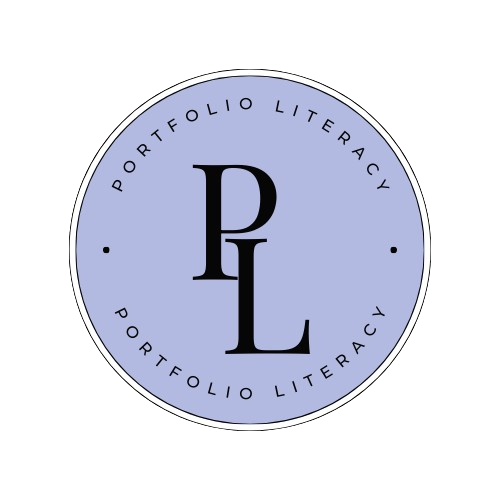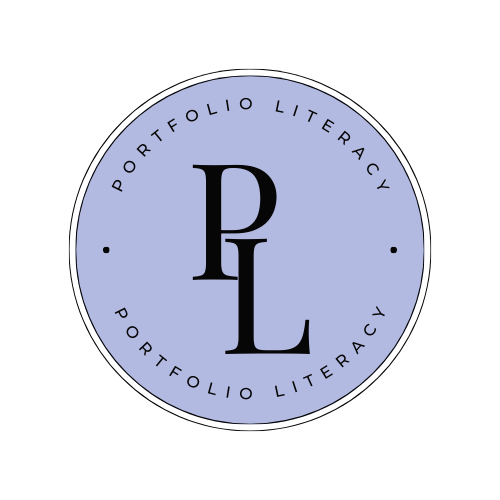
Portfolio Literacy is dedicated to transparency and promoting free financial literacy for everyone. Here are Portfolio Literacy’s latest blog posts. If you are looking for specific topics, the categories are at the bottom of this page.
-
Are Expense Ratios Calculated Annually?
Expense ratios are an essential part of the investment world, affecting mutual funds, ETFs, and other financial products. Yes, expense ratios are typically calculated annually. Knowing how these ratios work, and their impact can significantly influence your investment decisions. Understanding expense ratios is crucial whether you are an experienced investor or just starting. These ratios…
-
What is a Dividend Reinvestment Plan (DRIP)?
A Dividend Reinvestment Plan, often called a DRIP, allows you to reinvest your cash dividends by purchasing additional shares of the company’s stock. Instead of keeping your dividends in cash, you buy more stock, helping you grow your investment over time. By automatically reinvesting dividends, you can potentially see your portfolio increase faster due to…
-
What is Tail Risk and Why is it Important?
Tail risk in finance refers to the risk of an investment moving beyond a certain point in the tail ends of a probability distribution. This kind of risk happens when there are extreme events that have significant negative impacts on portfolios. In finance, understanding tail risk is vital because it involves potential losses that are…
-
What You Should Know When Dividend Investing?
Dividend investing is a popular strategy for those seeking a stable and reliable source of income from their investments. To maximize the benefits and minimize risks of dividend investing, it’s essential to be well-informed about key financial metrics that indicate the health and sustainability of a company’s dividend payouts. Financial Metrics for Dividend Investors When…
-
Why Do Dividend Investors Love Dividend Aristocrats?
Dividend Aristocrats are companies that have a 25-year track record of increasing their dividend payouts to shareholders and are included in the S&P 500. These companies are part of an elite group that not only delivers regular dividends but also shows strong financial health and stability. Investing in dividend aristocrats can be an excellent strategy…
-
What is Dividend Investing and Does Your Portfolio Need It?
Dividend investing is a popular strategy where investors buy stocks that return capital back to investors. Dividends are regular profit-sharing payments made by companies to their shareholders. Dividend investing can provide a steady stream of income, making it appealing for investors looking to live off their portfolio of investments. You might wonder why companies pay…
-
What Is Systematic Risk for Investors?
When investing, you may often hear the terms “market risk” or “systematic risk.” These refer to the potential for an investor to experience losses due to factors impacting the entire market rather than just a specific company or sector. Understanding systematic risk is crucial because it can’t be avoided through diversification alone. Systematic risk, also…
-
What is Idiosyncratic Risk and Why is it Important?
Understanding the different types of risk is crucial for anyone investing in the stock market. One type of risk that often confounds new investors is idiosyncratic risk. Idiosyncratic risk refers to the risk specific to a single company or industry, which can be diversified away, different from the overall market risk. For example, a sudden…
-
What is Liquidity Risk and Why is it Important?
Liquidity risk is a crucial concept in finance that affects both individuals and businesses. Liquidity risk is the danger of being unable to meet short-term financial obligations, where assets can’t be quickly sold or converted into cash without a loss. This risk becomes evident during market downturns, sudden changes in market conditions, or when there is…
-
Portfolio Update: July 1st, 2024
I want to share my portfolio to provide a learning experience for others based on my failures and successes, to be transparent about my personal financial interests, and to gain feedback from others. The plan is to make these portfolio updates on a somewhat regular basis. I will include snapshots of my portfolio from Google…
